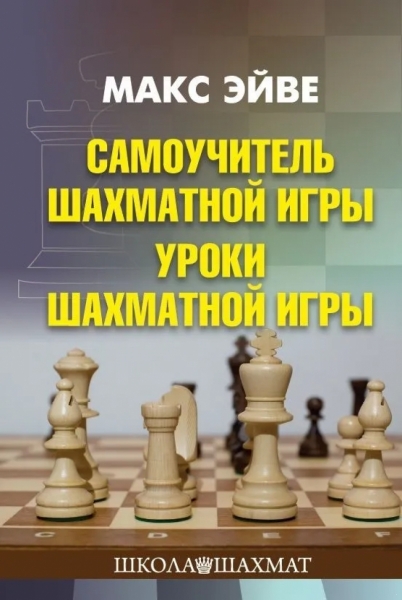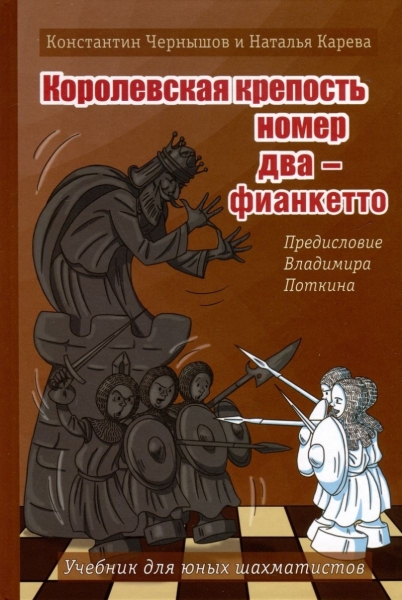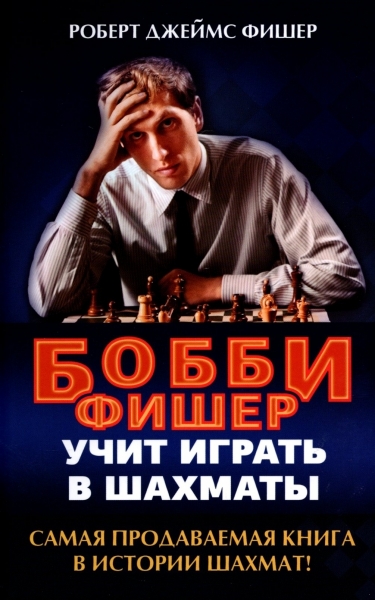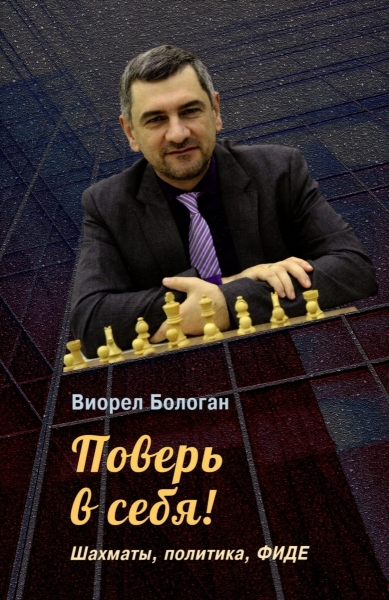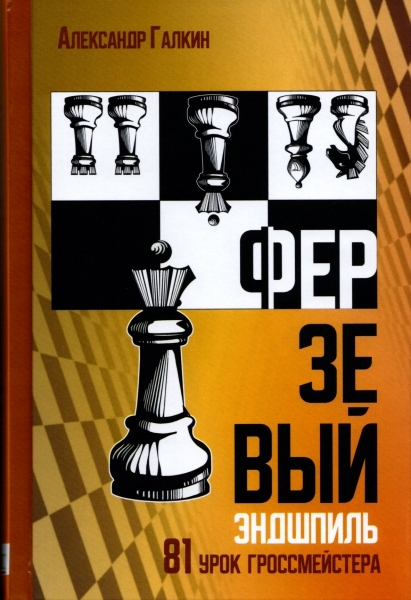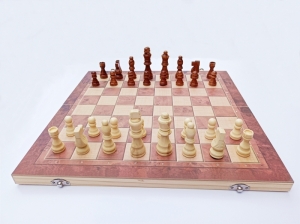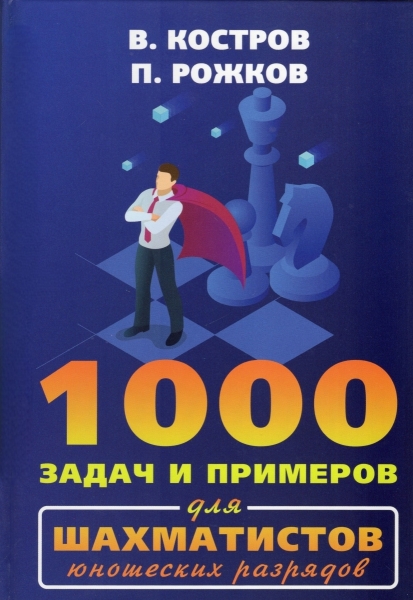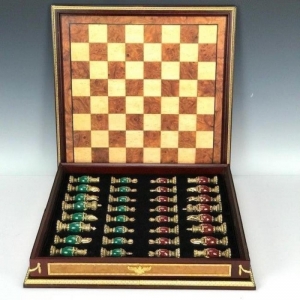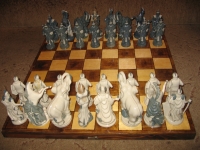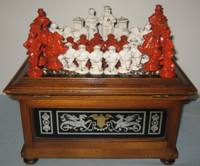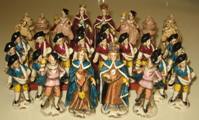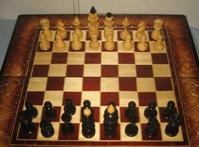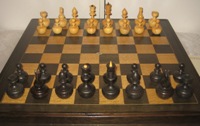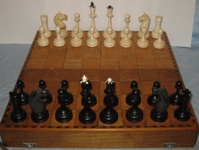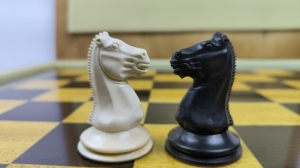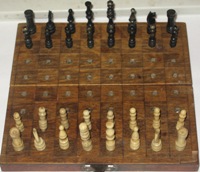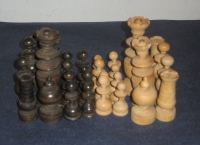Antiques VIP
-
France, Faberge, mahogany, cherry, metal, chrysoprase, agate, gilding 24k, pawn height - 6 cm, king height - 8.5 cm, box - 42х42х8 cm, middle of the 20th century. The product is stored in the original box with the logo "Faberge" ("House of Faberge") in the form of an embossed gold emblem of the Russian Empire; accompanied by a certificate of authenticity "Faberge". The design of the chess field is based on the refined and expensive combination of red and cherry wood, which gives the product a special chic and emphasizes the noble style. Figures from chrysoprase and agate are covered with gilding. Molded metal elements of the figures are decorated with spectacular embossed ornaments. Chess "Faberge" - this is a true work of art, which embodied a unique experience and knowledge, the highest skill of execution, impeccable style, attention to every detail and the magnificent quality of the Fabergé house! A unique gift for a man - tactics and a strategist! A superbly executed set of chess will complement the interior of any cabinet in an original way, adding respectability, refinement and nobility to it! Photo1 Photo2 Photo3 Photo4 Photo5 Photo6 Photo7
-
4137.94 $
Germany, production of the mid-20th century. Chess pieces made of porcelain in the old style. Artistic casket for storage. The figures are red-brown and white with golden decorative lines. The height of the king is 9.7 cm; pawn-4.8 cm. A complete set of figures from porcelain in the historical style (medieval drawings). On the casket ornaments from various materials. Above checkered pattern in checkerboard pattern. Extremely rare.


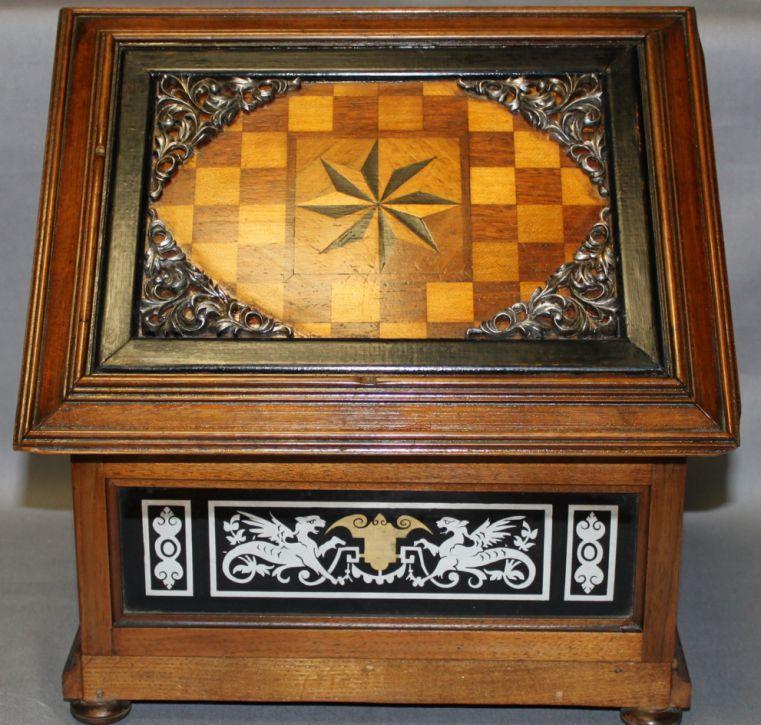
-
1220.69 $
Workshop A.E. Karpov. There is a certificate with autographed A.E. Karpov. The products are made of boxwood and oak. The register number is D16. The height of the king is 8 cm. The size is 44x44 cm. It's very Russian chess. Each of the figures - a kind of stylized Vanka-Vstanka, personifying features of a national character - inflexibility and perseverance. The favorite toy of the kids turned out to be very handy on the chess board - it never falls (for this, a personal weight stabilizer was developed for each figure), so that even the defeated king will never be defeated. All the figures of the "Invincible" are made by hand from the most exotic and valuable species of wood. Noble materials played with new colors on the chessboard. The official analogue costs 65.000r: http://www.karpovchess.ru/index-category-20-open-20-id-66.html PHOTO PHOTO PHOTO PHOTO PHOTO PHOTO PHOTO PHOTO PHOTO
-
3413.80 $
The size of the board is 36x36 cm, The height of the king is 10 cm.







-
15000.00 $
The white figures are made of mammoth bone. In order to eliminate the staining of figures with black paint, the manufacturer decided to use an equally luxurious material for black figures - ebony in its natural and natural form. Ebony is a dense black-brown hardwood that comes from several species of the genus Diospyros. This wood is used to make chess pieces because of its strength, fine texture and mirror shine when polished. It is noteworthy that ebony wood sinks in water due to its high density. Ebony is considered to be precious and one of the most expensive types of wood The sizes of the shapes: King: Height - 10.3cm Base diameter - 5 cm A pawn: Height - 5 cm Base diameter - 3.5 cm Horse: Height - 6 cm Base diameter - 4 cm Rook: Height - 5.7cm Base diameter - 4 cm Elephant: Height - 6.6cm Base diameter - 4 cm Queen: Height - 8.5 cm Base diameter - 4 cm Board size: 52.5x52.5x11 cm The size of the playing field is 46x46 cm The size of the game cage is 5.5 cm The size of the shipping case: 63x59x14 cm These chess sets represent exactly the first model of the Staunton design of 1849. Staunton is a standard chess piece design created in the mid-19th century by Nathaniel Cook. This chess design got its name in honor of the famous English chess player Howard Staunton, who lived in the 19th century. The FIDE organization recommends Staunton chess for competitions held under its auspices. Until the middle of the 19th century, every country in Europe where chess tournaments were held had its own traditional standards for chess piece designs (Barleycorn, Calver, Selenus, St. George, Lund, Regence, etc.), which was undoubtedly very inconvenient during international competitions. Nathaniel Cook registered Staunton chess on March 1, 1849, however, in the same year the rights to this chess design passed to John Jacquet, who was the brother of Nathaniel Cook's wife and owned John Jaques of London, specializing in the manufacture and sale of sports equipment. The first set of chess designed by Staunton went on sale on September 8, 1849. At the same time, the periodical "The Illustrated London News", well-known at that time, printed an advertising article stating that Howard Staunton himself was one of the creators of this wonderful design of chess pieces. There is a version that the famous chess player wrote the article, as he subsequently actively contributed to the promotion of this chess set on the market. Howard Staunton's facsimile signature was displayed under the cover of the chessboards of the first Staynton sets, and one of his books was attached to the set for free as an advertisement. However, there is an assumption that the real author of the Staunton design is John Jacquet, and Cook only registered it for himself and subsequently attracted Howard Staunton to promote chess on the market. In 1940, German aircraft bombed the John Jaques of London factory. Historical sketches and drawings of Staunton chess pieces burned down in the fire. The first Staunton chess sets were carved from ivory or hardwoods (for example, boxwood). Later, they began to be created from mammoth tusks and various valuable tree species such as wenge, ebony, boxwood, etc.
-
The painting was written by a wonderful Russian artist Galina Ivanovna Satonina. She was the repeated champion of Tataria in chess, and her paintings, which have won all-Union fame, depict the wonderful chess life of people, figures, fantastic positions, emotions that can not be expressed in words, but in her works they are easily recognizable. Exhibitions of her works were demonstrated in Moscow, Leningrad, Kiev, Voronezh and other cities of our country. Cardboard, oil, nabryzg. http://www.kazved.ru/article/20647.aspx http://www.64.ru/old/2000/11/nov23.html
-
-
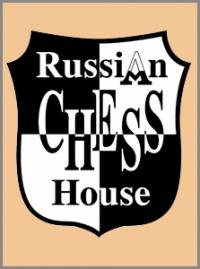 The life of a chess player in the system. Memories of the grandmaster
Author:
The life of a chess player in the system. Memories of the grandmaster
Author:
Averbah 45.00 $ -
 Три матча Ботвинник-Смыслов
Author:
Три матча Ботвинник-Смыслов
Author:
Botvinnik 45.00 $ -
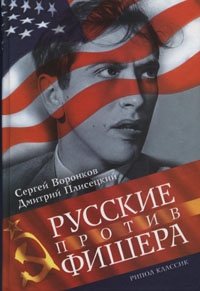 Russians vs Fisher
Author:
Russians vs Fisher
Author:
Voronkov 65.00 $ -
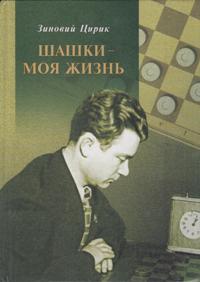 Checkers is my life
Author:
Checkers is my life
Author:
Ciric 87.50 $ -
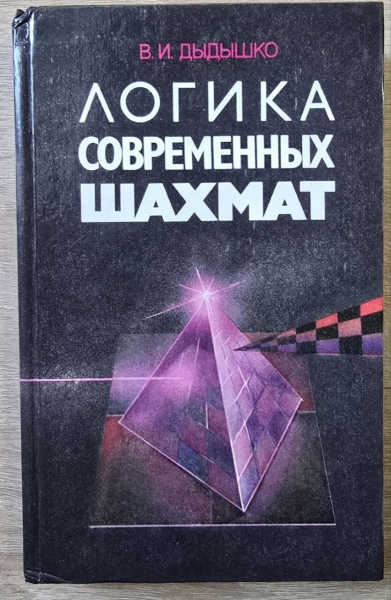 The logic of modern chess
Author:
The logic of modern chess
Author:
Dydyshko 72.50 $ -
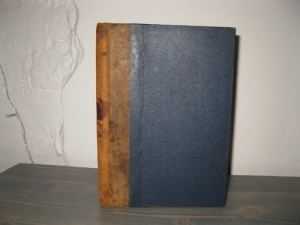 Siegbert Tarrasch. The Queen
Author:
Siegbert Tarrasch. The Queen
Author:
Tarrash 72.50 $ -
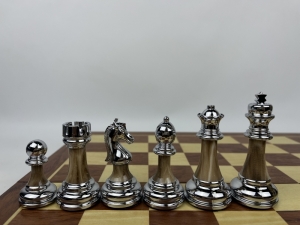 High quality acrylic metal heavy chess pieces with wooden board
202.50 $
High quality acrylic metal heavy chess pieces with wooden board
202.50 $
-
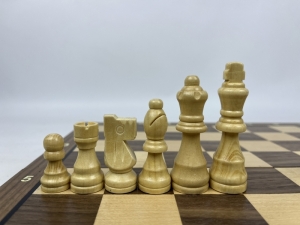 Wooden magnetic Staunton chess with a lock (silver)
56.25 $
Wooden magnetic Staunton chess with a lock (silver)
56.25 $
-
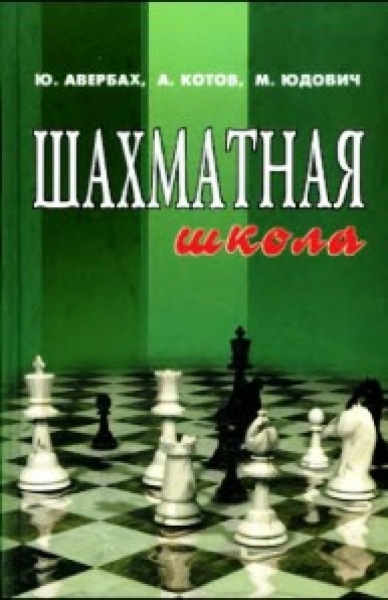 Chess school
Author:
Chess school
Author:
Averbah 15.00 $ -
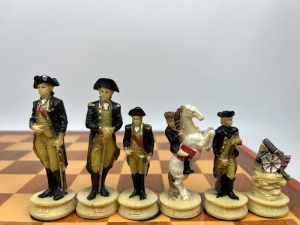 The chess set of The Chessmen. US war - Great Britain
325.00 $
The chess set of The Chessmen. US war - Great Britain
325.00 $
 Русский
Русский  Английский
Английский 